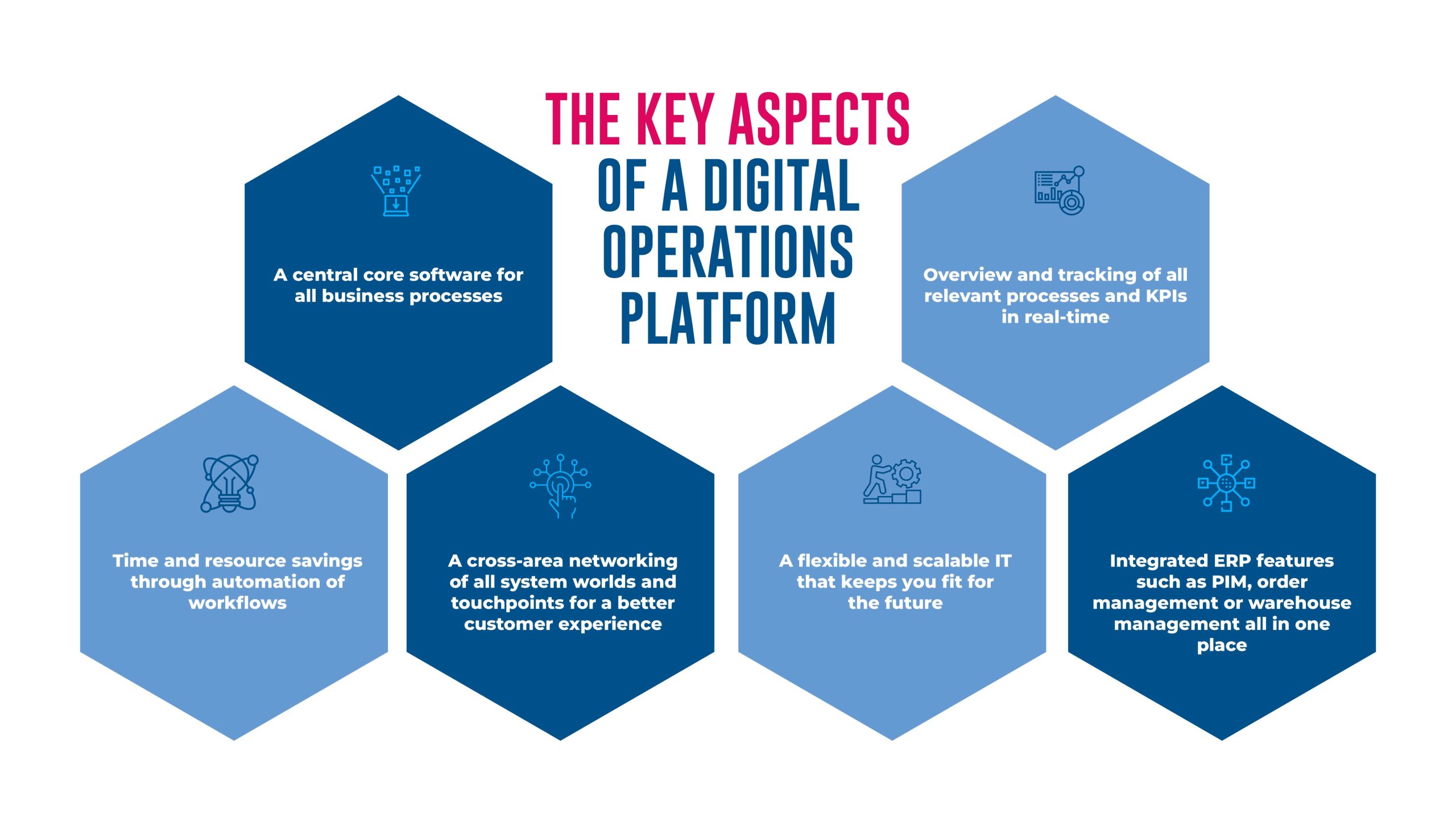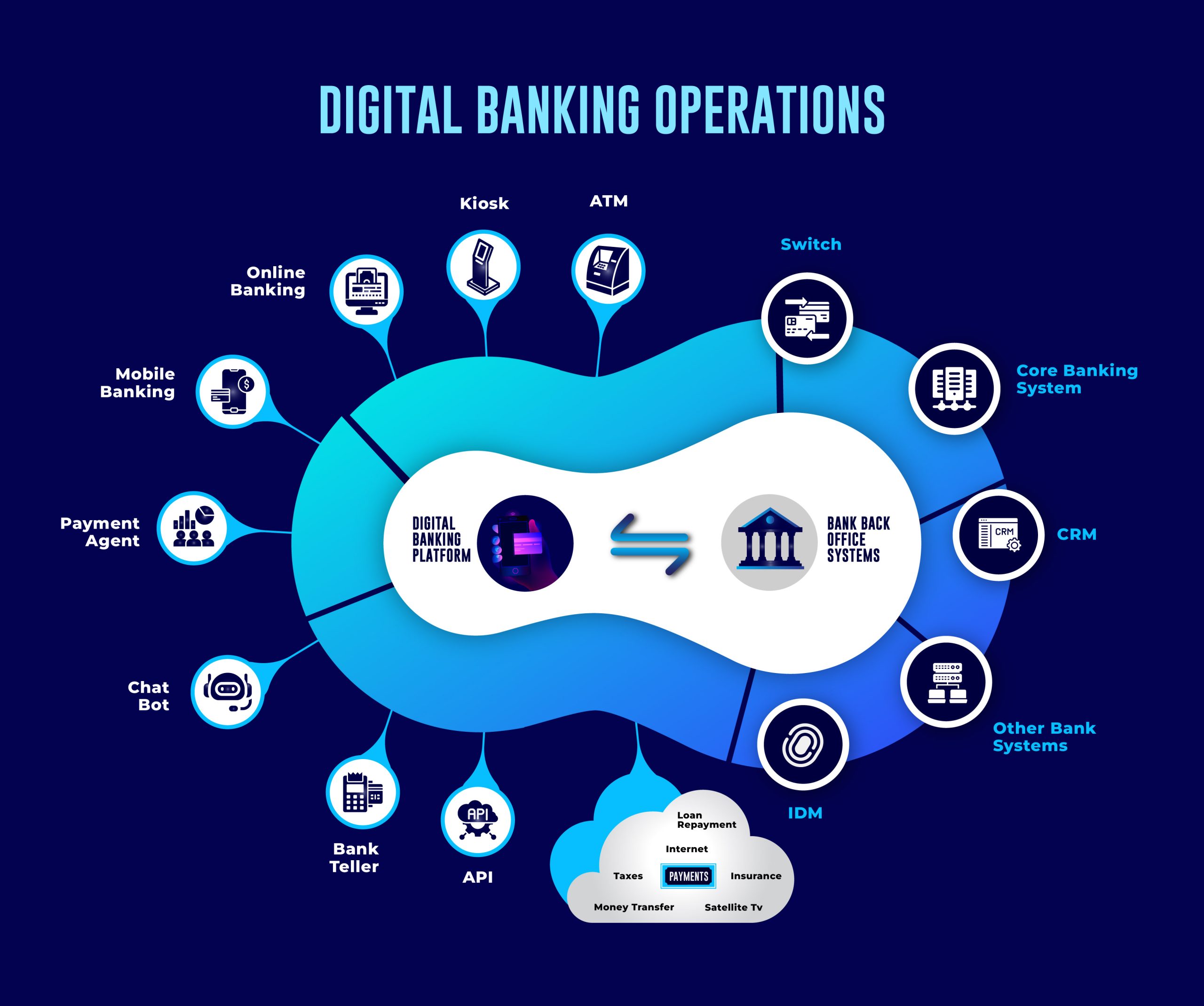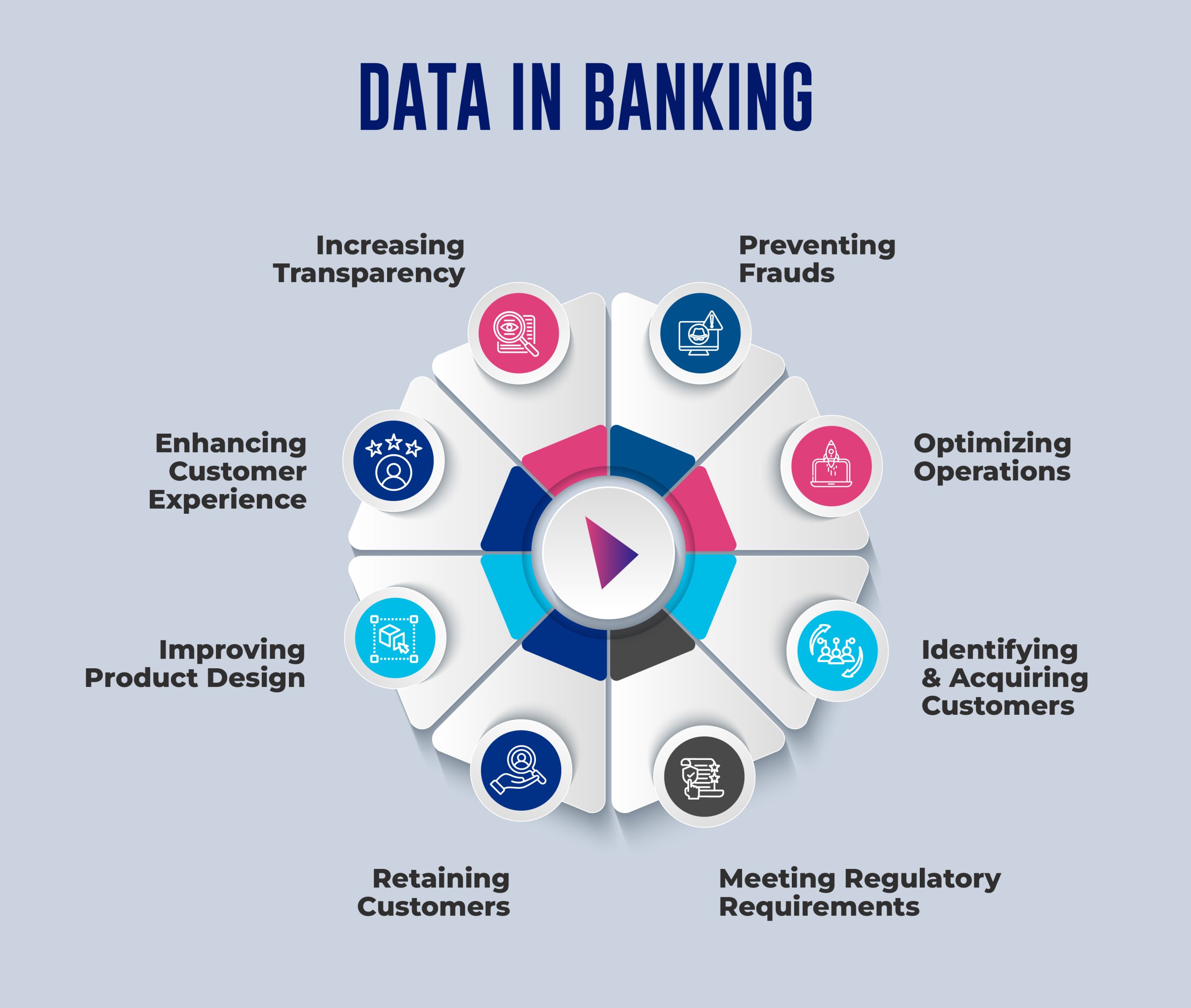The Key Components of Digital Operations Management

How can banks not just survive but thrive in the digital era? The answer lies in mastering digital operations management, a critical domain that has become the linchpin for financial institutions aiming to excel in the digital age. This strategic imperative extends beyond mere technology adoption, embodying a holistic approach to redefining banking operations, service delivery, and customer engagement. For C-suite executives, delving into the critical components of digital operations management is essential for fostering efficiency, innovation, and a competitive edge.

The Key Components of Digital Operations Management
Digital operations management has emerged as a cornerstone for banks seeking to thrive in the digital age. This strategic imperative goes beyond merely adopting new technologies; it encompasses a holistic approach to reimagining how banks operate, deliver services and engage with customers. For C-suite executives, understanding the key components of digital operations management is critical to driving efficiency, innovation, and competitive advantage.
Strategic Alignment and Leadership
The foundation of effective digital operations management lies in strategic alignment and visionary leadership. A recent study by Deloitte highlights that banks prioritizing digital transformation at the executive level achieve a 20% higher profit margin than their peers. This underscores the importance of C-suite executives championing digital initiatives, ensuring that digital strategies align with the bank’s overall business objectives. Leadership must foster a culture of innovation, agility, and continuous improvement, setting the stage for transformative change.
Leading financial institutions like DBS Bank exemplify this approach. By embedding digital innovation into its corporate DNA, DBS has streamlined its operations and enhanced its customer service, setting a benchmark for digital excellence in banking.
Integration of Digital Banking Operations
Integrating digital banking operations is pivotal in creating a seamless, efficient, responsive banking environment. This involves consolidating traditional banking processes with digital workflows, leveraging AI, machine learning, and blockchain technologies. The goal is to enhance operational efficiency, reduce costs, and improve service delivery. For instance, JPMorgan Chase’s investment in AI and blockchain technology has revolutionized its payment processing and fraud detection systems, significantly reducing transaction times and enhancing security.
Digital operations management requires a robust framework that supports real-time data analytics, process automation, and digital customer interactions. This integration is not just about technology adoption but about reengineering processes to be digital-first, ensuring that digital banking operations are agile, scalable, and customer-centric.
Leveraging Digital Operations Services
Digital operations services are essential for banks to navigate the complexities of the digital landscape. These services encompass various solutions, from cloud computing and data analytics to cybersecurity and compliance management. By leveraging these services, banks can enhance their operational resilience, adapt to regulatory changes, and meet the evolving expectations of digital-savvy customers.
For example, Citibank’s partnership with Google Cloud demonstrates how banks utilize cloud services to improve their data analytics capabilities, enabling more personalized and efficient customer services. Such collaborations highlight the strategic role of digital operations services in enhancing the bank’s agility and innovation capacity.
Embracing Digital Operations and Platforms
Adopting digital operations and platforms is crucial for banks to deliver innovative products and services. These platforms enable banks to offer their customers a unified, omnichannel experience, integrating various services across mobile, online, and traditional channels. Digital platforms also facilitate the introduction of new banking models, such as Banking as a Service (BaaS), which allows banks to expand their ecosystem and offer banking services through third-party providers.
A notable example is Goldman Sachs’ Marcus platform, which has successfully leveraged digital operations to offer consumer banking services, including savings accounts and personal loans. Marcus represents a strategic move towards digital-first banking, showcasing the potential of digital platforms to disrupt traditional banking models and create new revenue streams.
Data-Driven Decision Making
At the heart of digital operations management is data-driven decision-making. The ability to harness and analyze vast amounts of data in real time allows banks to gain insights into customer behavior, market trends, and operational performance. This intelligence is critical for making informed strategic decisions, optimizing operations, and delivering personalized customer experiences.
Banks like Wells Fargo have invested heavily in data analytics and AI to transform their operations, using data insights to streamline processes, enhance risk management, and develop targeted marketing strategies. This data-centric approach is essential for banks to remain competitive in an increasingly digital world.
Strategies for the Future
Looking ahead, banks must continue to evolve their digital operations management strategies to stay ahead of the curve. Critical strategies for the future include:
1) Investing in Emerging Technologies:
Continuously explore and invest in new technologies such as quantum computing, IoT, and augmented reality to enhance operational capabilities and customer experiences.
2) Fostering Innovation Ecosystems:
Build partnerships with fintechs, tech giants, and other industry players to co-create innovative solutions and access new markets.
3) Enhancing Cybersecurity Measures:
Prioritize cybersecurity and data privacy, adopting advanced security technologies and practices to protect against evolving threats.
4) Promoting a Digital Culture:
Cultivate a culture of digital innovation and agility within the organization, encouraging continuous learning and experimentation.
5) Focusing on Sustainability:
Integrate sustainability into digital operations, leveraging technology to support green banking initiativePHPCode Snippetss and sustainable business practices.
Conclusion
Digital operations management is a multifaceted discipline that requires strategic vision, technological prowess, and a commitment to continuous improvement. By focusing on these critical components, banks can navigate the complexities of the digital age, delivering superior value to customers and stakeholders alike. The future of banking lies in adapting, innovating, and leading in a digital-first world, where operational excellence and customer centricity are paramount.
About Maveric Systems
Established in 2000, Maveric Systems is a niche, domain-led, BankTech specialist, transforming retail, corporate, and wealth management digital ecosystems. Our 2600+ specialists use proven solutions and frameworks to address formidable CXO challenges across regulatory compliance, customer experience, wealth management and CloudDevSecOps.
Our services and competencies across data, digital, core banking and quality engineering helps global and regional banking leaders as well as Fintechs solve next-gen business challenges through emerging technology. Our global presence spans across 3 continents with regional delivery capabilities in Amsterdam, Bengaluru, Chennai, Dallas, Dubai, London, New Jersey, Pune, Riyadh, Singapore and Warsaw. Our inherent banking domain expertise, a customer-intimacy-led delivery model, and differentiated talent with layered competency – deep domain and tech leadership, supported by a culture of ownership, energy, and commitment to customer success, make us the technology partner of choice for our customers.
View















